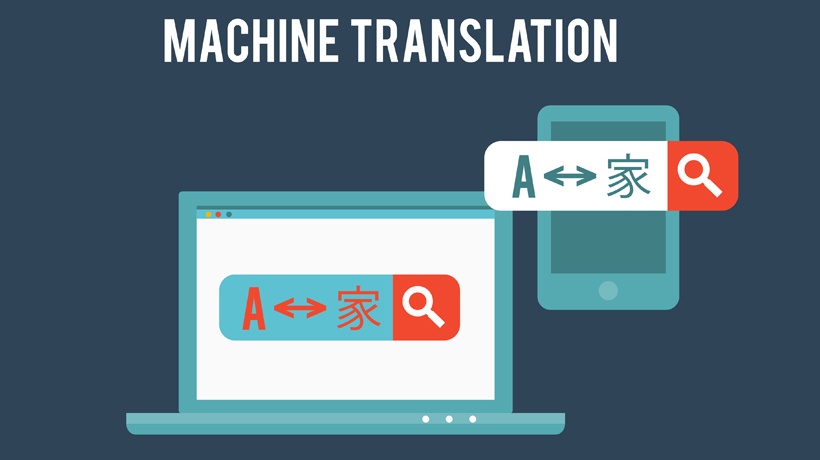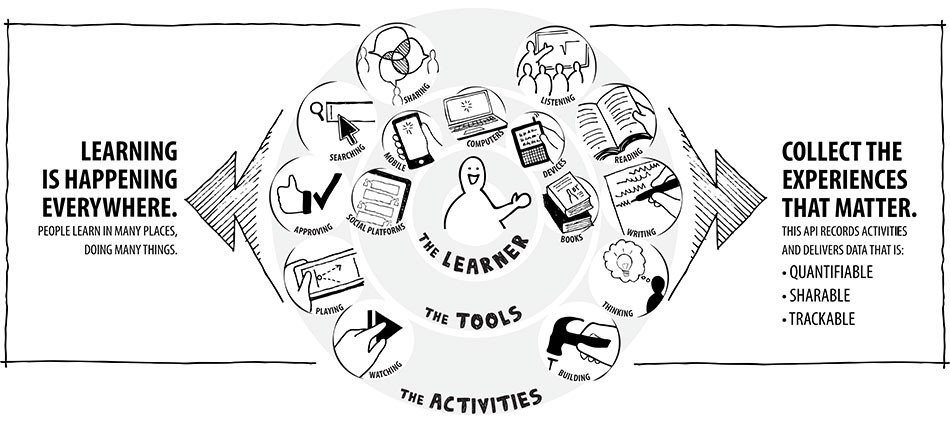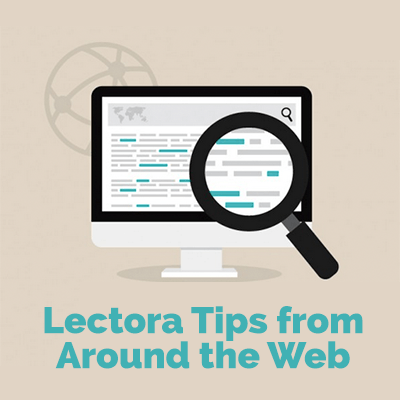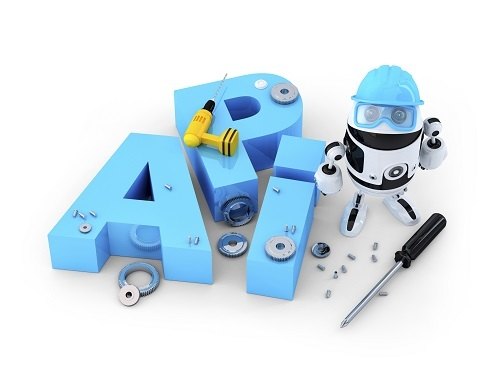November 18, 2014
The language used in learning management systems fundamentally changes the way we measure, track, analyze and understand learning in the modern workspace. Between SCORM and the Tin Can API, currently known as the Experience API, we're looking at two similar languages that perform tasks very differently. Think about the way Netflix not only changed the way people watch movies, but how the company keeps track of how we watch movies. Based on the choices we make, the streaming video service can provide suggestions based on our viewing histories, potentially giving us the most relevant entertainment options. Gone are the days when we had to make a trip to the now defunct Blockbuster - or a similar rental location - where we chose what to watch based on availability and a number of outside influences, as well as personal taste. In all of your experiences visiting a video store, when do you remember getting a recommendation from a store clerk that matched your preferences, wants or needs? The Sharable Content Object Reference Model is the foundation for how learning management systems have worked for the past 15 years, but the Tin Can API is the logical progression from this point.
by Melanie Moffett











